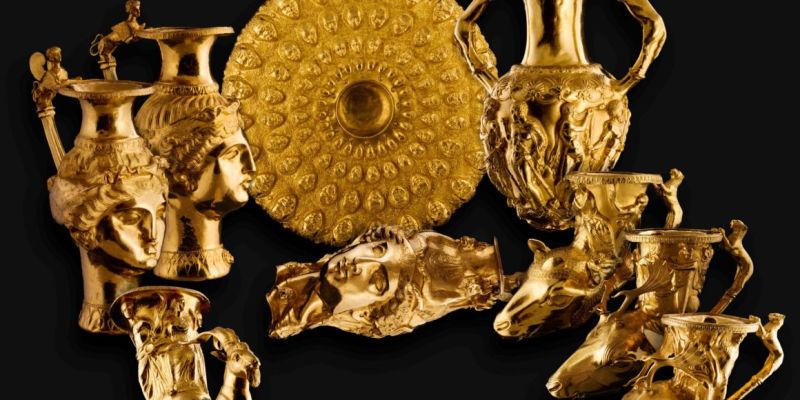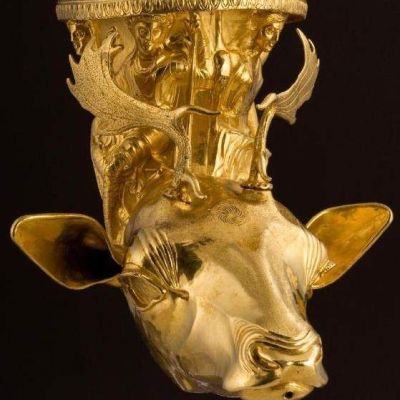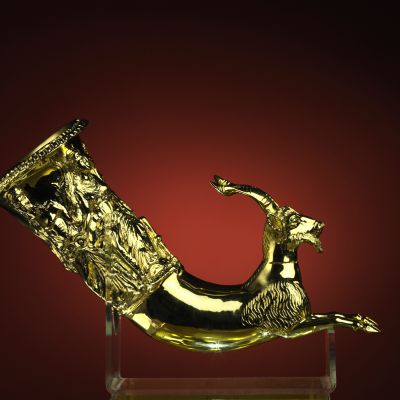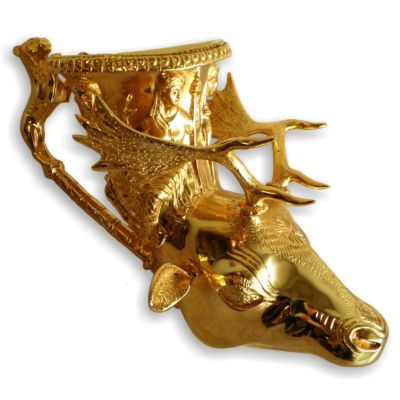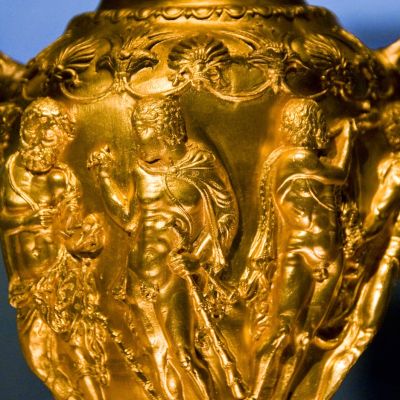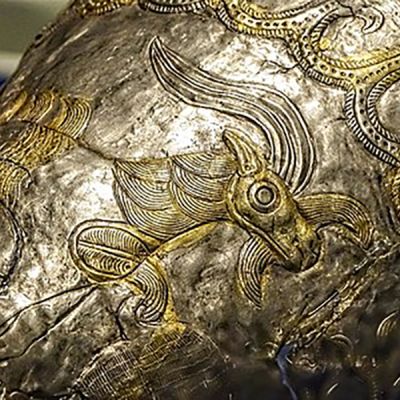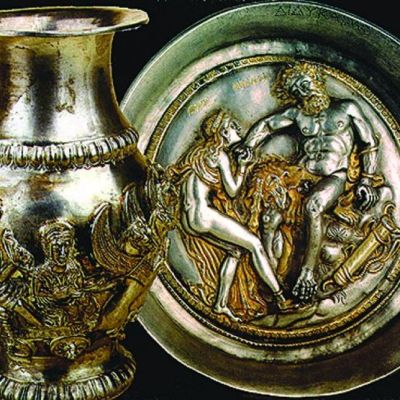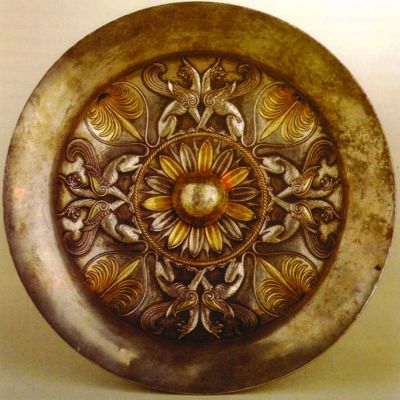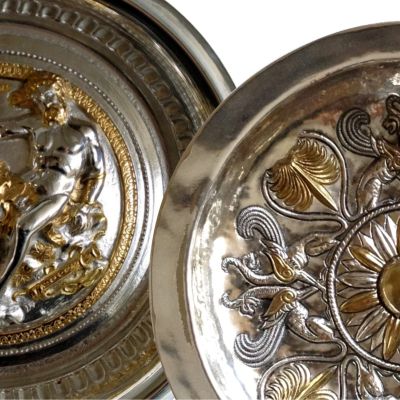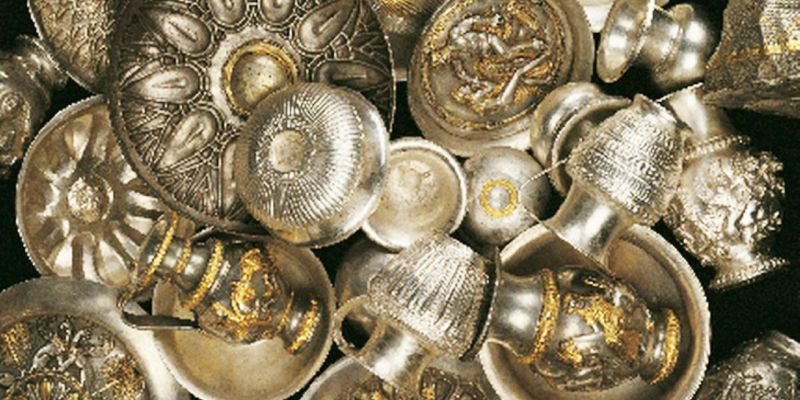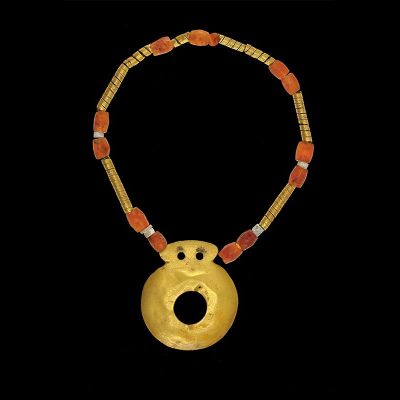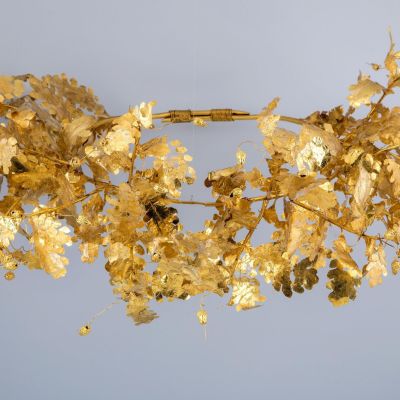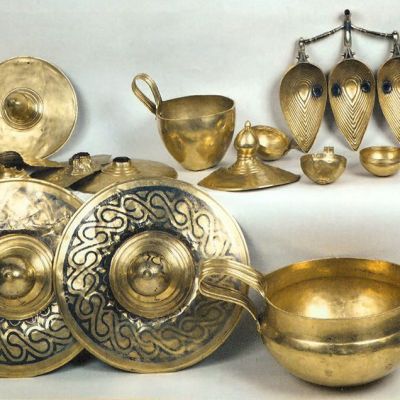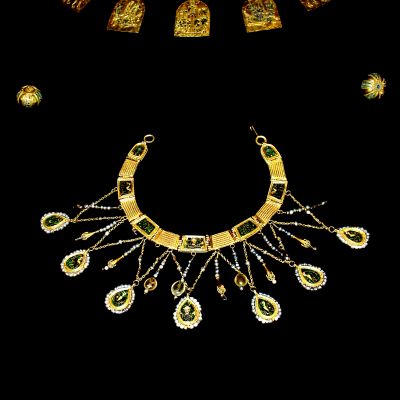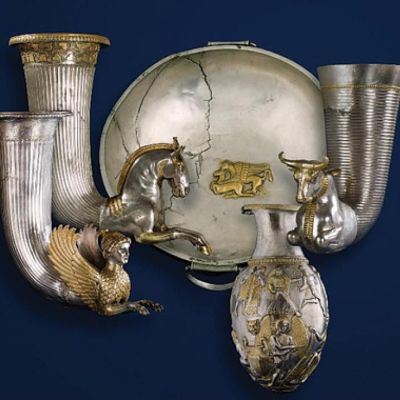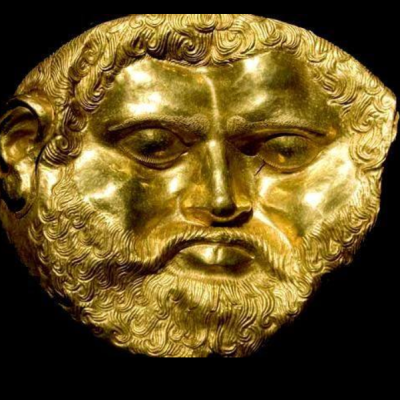
Panagyurishte Treasure
The Panagyurishte Treasure is a Thracian treasure consisting of nine gold vessels (a phiale, an amphora and seven rhytons) with total weight of 6.164 kg of 23-karat gold. All of the objects are richly and skilfully decorated with scenes of Thracian myths, customs and life. Three of the jugs-rhytons are in the shape of the heads of the goddesses Hera, Aphrodite and Athena. Multiple mythological scenes with heroes of the Greek mythology – Dionysus, Apollo, Artemis – are presented on the rhytons.
The treasure is dated to the 4th-3rd centuries BC, and is thought to have been used as a royal ceremonial set, possibly by a Thracian king. As one of the best known surviving artifacts of Thracian culture, the treasure has been displayed at various museums around the world. When not on a tour, the treasure is the centerpiece of the Thracian art collection of the National Museum of History in Sofia.
ROGOZEN TREASURE
The largest, oldest and richest Thracian treasure. The magnificent collection consists of 165 silver objects, 131 of which gilded and weighs over 20 kg.
The decoration of the silverware depicts scenes from the Thracian religion and from Greek mythology and is an invaluable source of information testifying to the cultural exchange between the ancient Greeks and the Thracian. The silver and gilded objects strike with their exquisite forms, while their rich elaboration shows different styles and degrees of mastery and reveals different mythological plots with Thracian motifs that in a matchless way penetrate the distant depths of humanity bringing our mysterious Thracian ancestors to life.
The variety in style and workmanship of the silverware shows they were made, collected and added to over a long period of time – from the end of tth to the 4th century BC. Some of them bear various dedicatory captions revealing the names of Thracian kings and of the goldsmiths who made them. Undoubtedly, the great Odrysian King Kotis, whose name is inscribed on some of the objects, owned these objects made in cities under his rule when Thracian culture and Thracian states on the Balkan Peninsula were at their greatest bloom and might.
More trasures from Bulgaria



